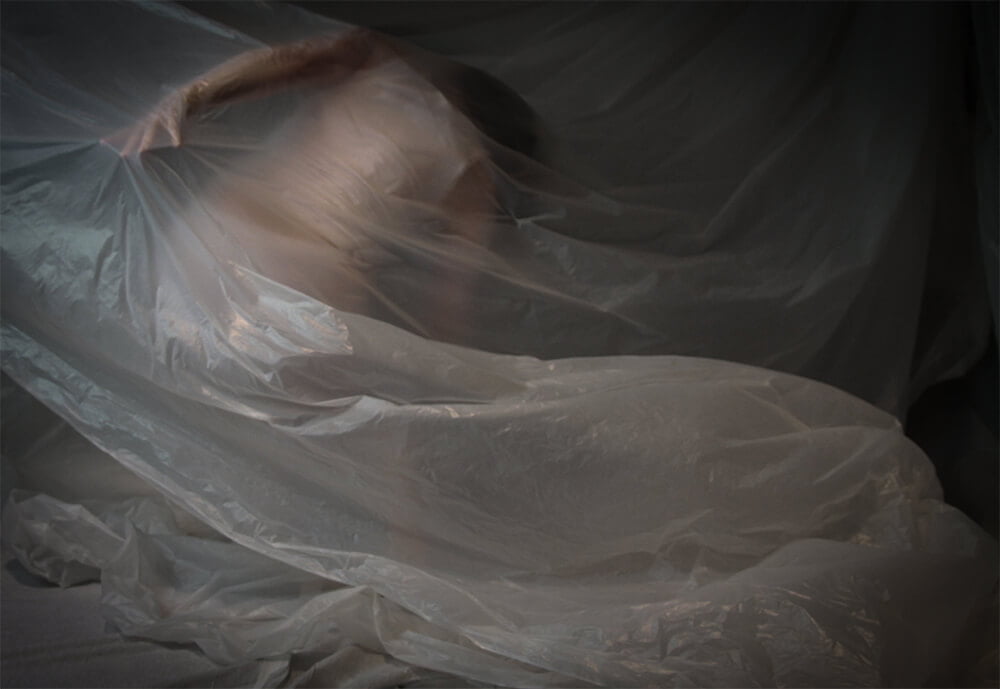INTERVIEW
Start with a Black Box
WITH BARBARA VANDENDRIESSCHE
An interview with Barbara Vandendriessche
“I can really enjoy images with bright colors or light tones. But unconsciously I always go that dark way. Maybe that is because when you work in the theater you always start in a black box”.
Barbara Vandendriessche won our Still Life theme with a stunning scene – candid but quiet and painterly. Keen to know more about that image, her working process, and her background in theatre, we put some questions to her…
Hi Barbara. Congratulations on winning our STILL LIFE theme! Do you resonate with Emma Lewis’ comments?
I fully agree with her comment. It reminds me of a devout painting from the Baroque period. Three women, their attention focused on something bigger, self-deciphered, the attention only on what they worship. The chain in the garbage bag makes it contemporary and gives the image an imperfection that these everyday elements interfere with an almost staged image.
Can you tell us a little bit about the image – how and when it came about? Is it part of a larger body of work? And is there any staging to it?
I travel a lot. I was in Vietnam in the Perfume Pagoda. It is a very large cave complex and place of pilgrimage. It is also very theatrical. You first enter the site via boats. Then you descend down a huge steep staircase carved out of the rocks. Then you enter the cave and a huge Buddha, at least 20 meters high, awaits you at the top of the rock. It’s very dramatic! Whenever I am out and about I always have my camera with me. I am always alert and pay attention to details that the average tourist does not really pay attention to. When I saw these three pilgrim ladies, my attention was immediately drawn. Without realizing it, they had something very dramatic about them. The colors and cut of their legs matched perfectly with the hues in the cave. They looked at an object, but I didn’t care. Their attitude, their composition, it was perfect. That in combination with the damp cave, its hardness, the raw materials of chains and bags to collect rock dust made it extra interesting. It is not part of a set up or staged series, but it fits in with my style of staged series with dark intense colors, composition, old elements translated in a contemporary way.
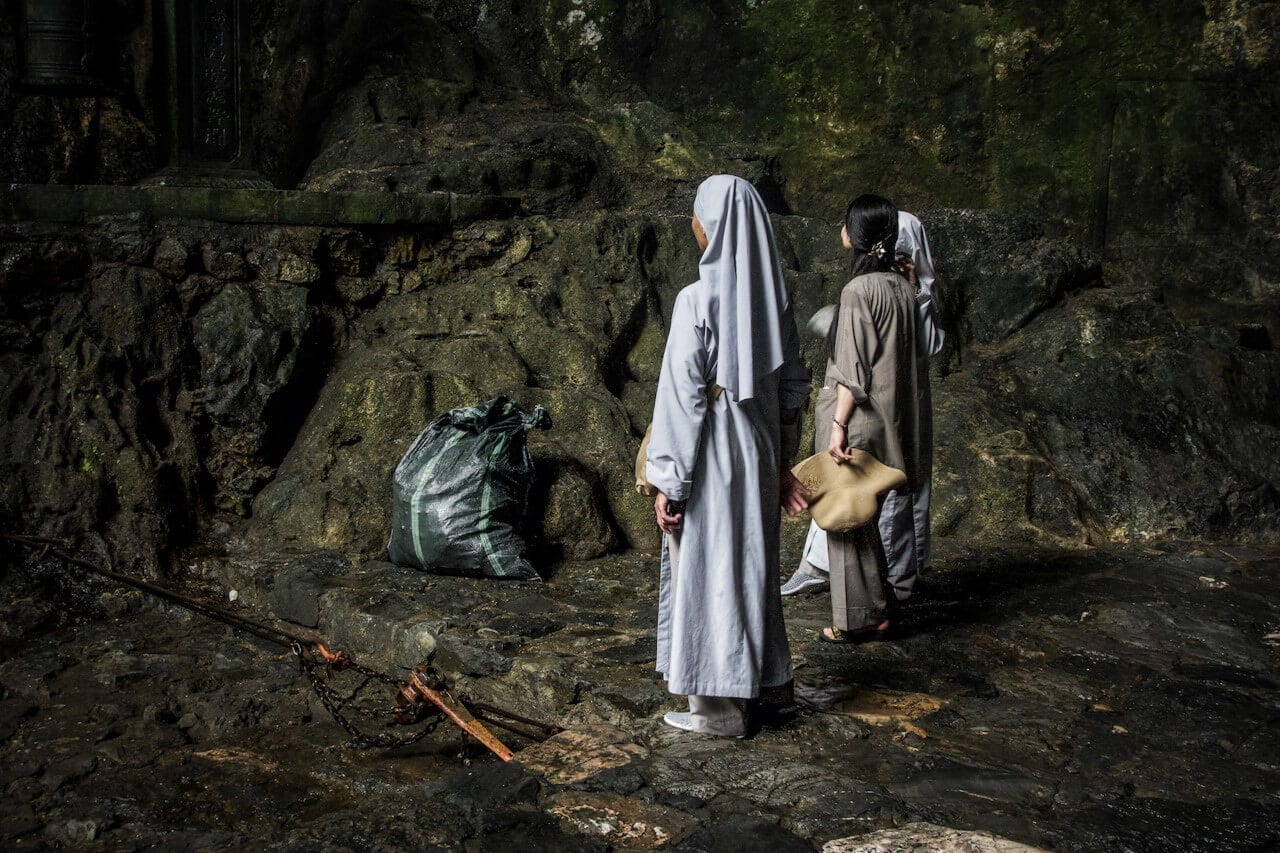
Barbara’s winning image for our Still Life theme
“This photograph is immediately compelling. The lighting, composition and the fact that the individuals’ faces are turned away from the camera all create a sense of intrigue. It is not clear who they are, why they are there, what their relationship is to one another, nor what it is they might be looking up at. The chain fencing and the full black bag only add to the intrigue. It seems as though there is a larger and more complex narrative at play and I am left wanting to know more.” – Emma Lewis
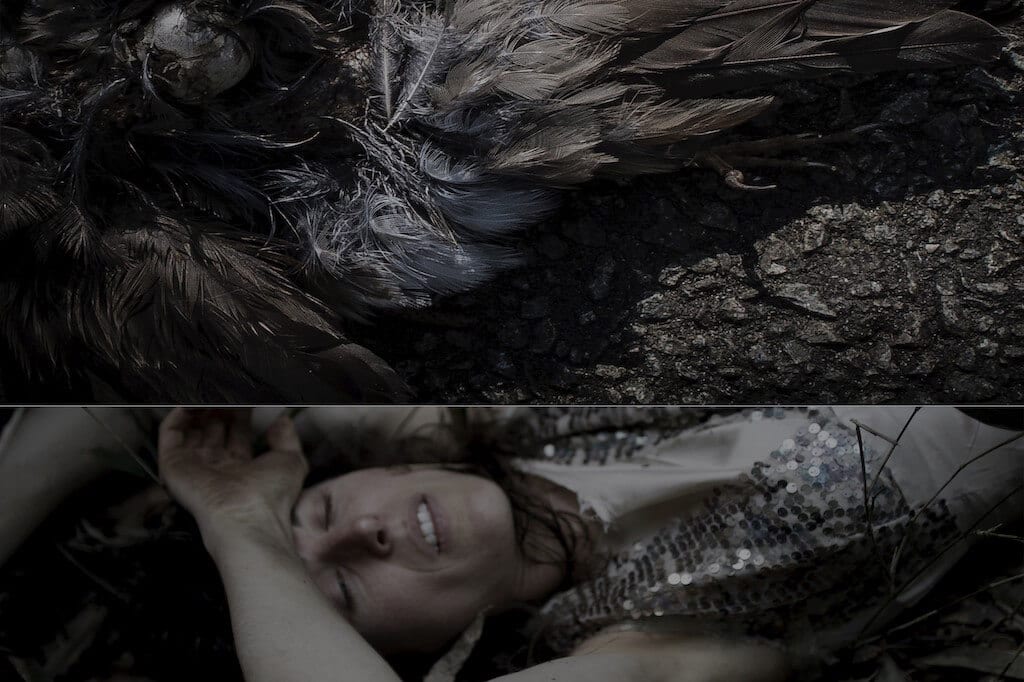
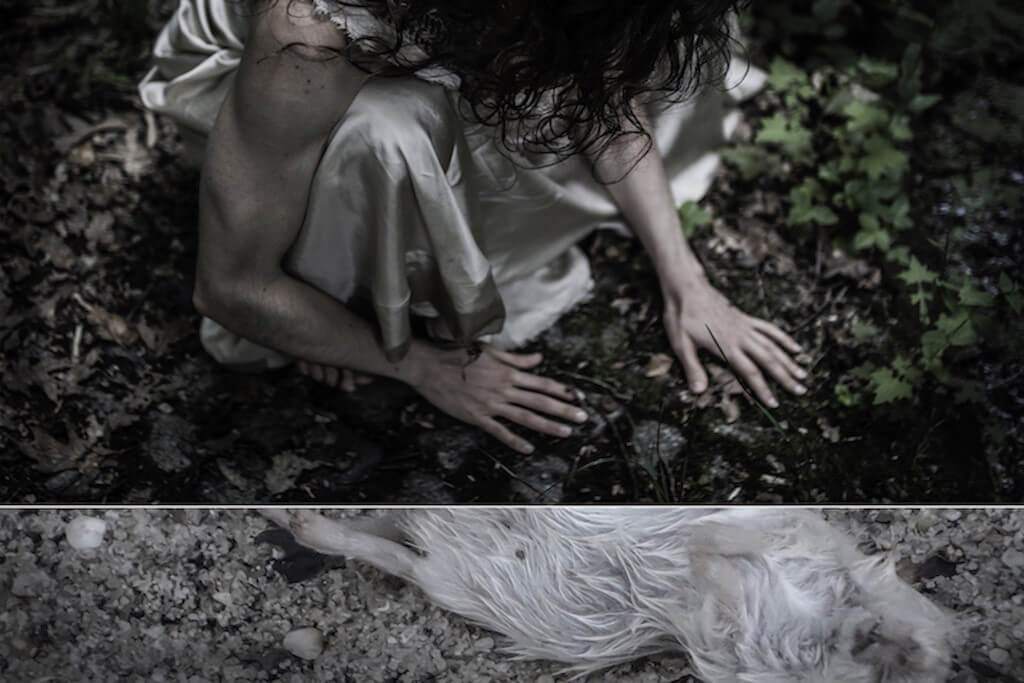
You spent many years as a set designer and director in the theatre industry, and are now focused on both photography and sculpture. How and why did the photography begin? And are there particular lessons or techniques from the theatre world that you now apply in your photography?
I increasingly felt the need to work independently. Theater is a machine where you have to plan your process long in advance and where you depend on finances, employees, and technical structures. Photography has been a passion and fascination for years and I was sometimes jealous of the relatively simple means with which you can achieve great results. Until I decided that there was nothing to stop me from starting it myself. I worked for years on poster images and photos of my own shows and had developed enough technology to take the step effectively. At first I stayed within my familiar terrain: the theater, actors and actresses. I felt that I could tell all the stories that I wanted to tell in the theater, but for which there was never any money or space, I could go and tell in this way. But gradually I left the theater and moved into nature. I do not consciously apply the experience I have gained over the years, but I cannot deny it. Emotion, composition, light; they are elements that I also applied in my theater. But as there are innumerable styles in photography, so is the theater. From an early age I was fascinated by Greek tragedies, baroque poetry. And that has crept into my visual language.
You describe yourself as a “visual poet”. What do you mean by this?
I am not averse to aesthetics. In literature, too, I was always attracted by poetry. That is artificial language. It does not represent reality as it is, but in an intensified way, in a well-chosen form. Even though what is told is cruel or tragic, an aesthetic is applied in the language. That is an element that I consciously used in my career in the theater, even though this is currently not very fashionable. I am not going to capture my images in a documentary-like, realistic way, I will consciously look for it, make a composition, choose certain colors, fabrics, lighting.
Your images are very carefully staged. Where does each new idea come from? And can you tell us about the process you follow from thereon?
I am always alert to what I see, hear or read. Often something sets my imagination in motion and I quickly make a note of it. In this way I collect numerous ideas that I let mature a bit. In the meantime, I collect material that I find on the street, at flea markets, in second-hand stores. And at a certain point, things come together and I am ready to work out an idea. Then I prepare the set and I work with a model or not. Once I am busy, I am fully improvising and I come to images that were unforeseen and often the most interesting. In the post processing there is the finesse in terms of tint, grain and look.
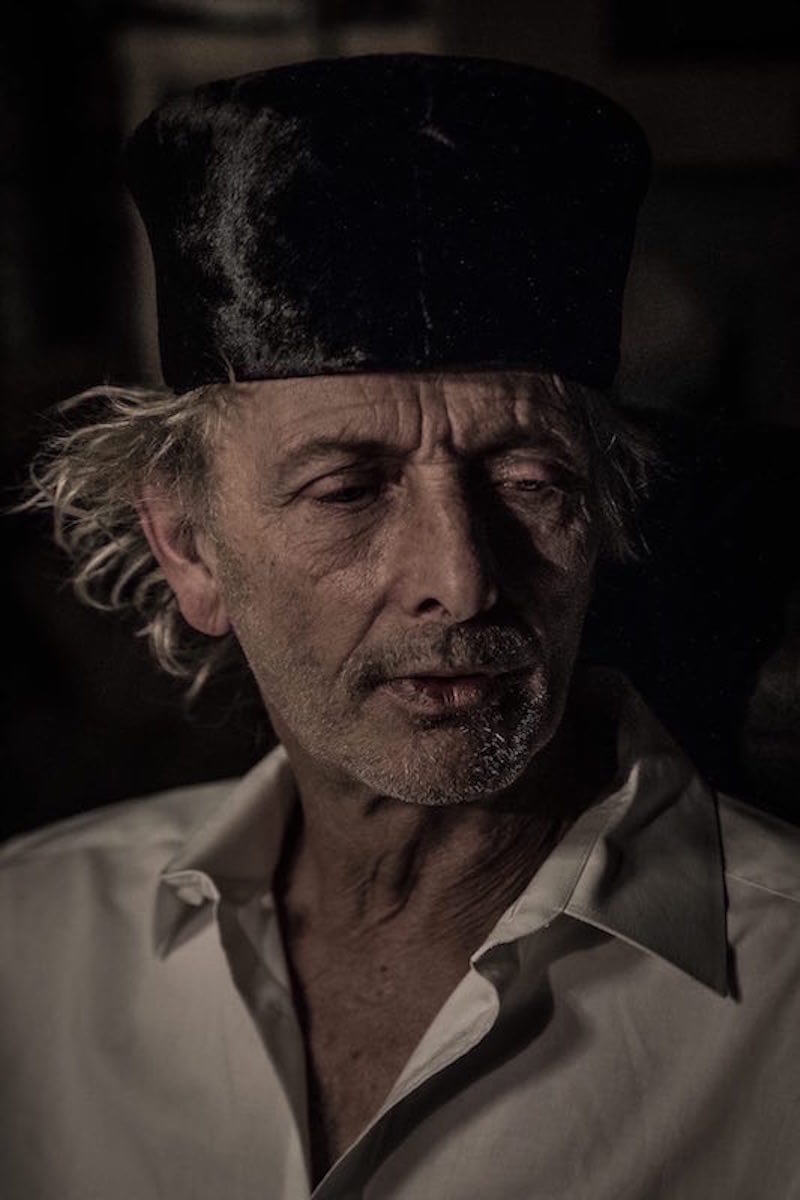
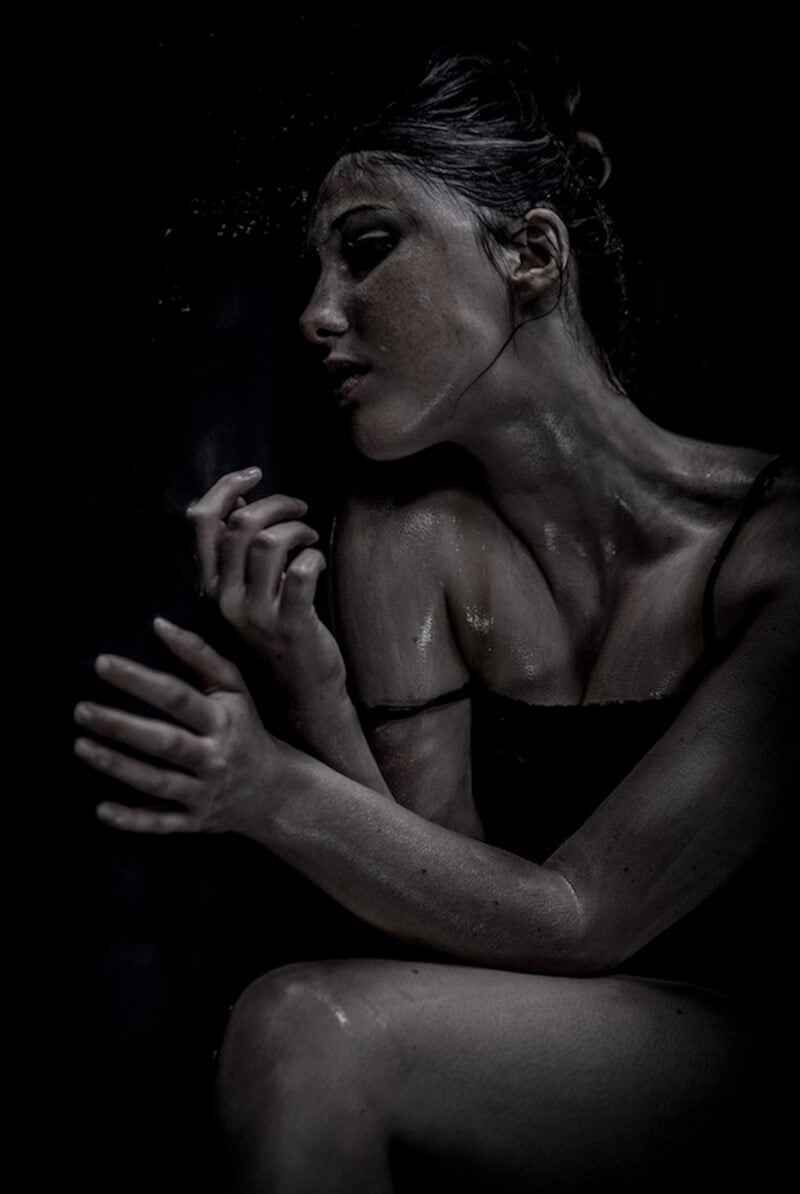
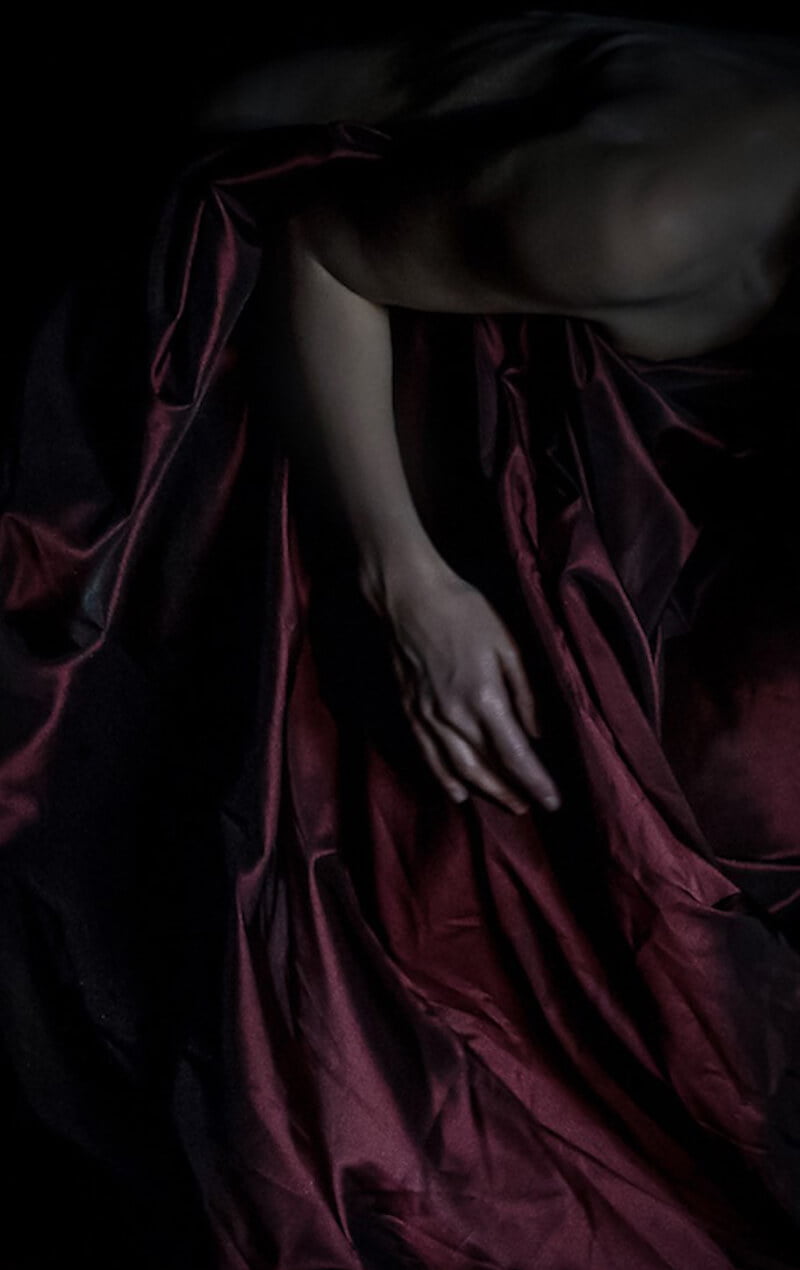
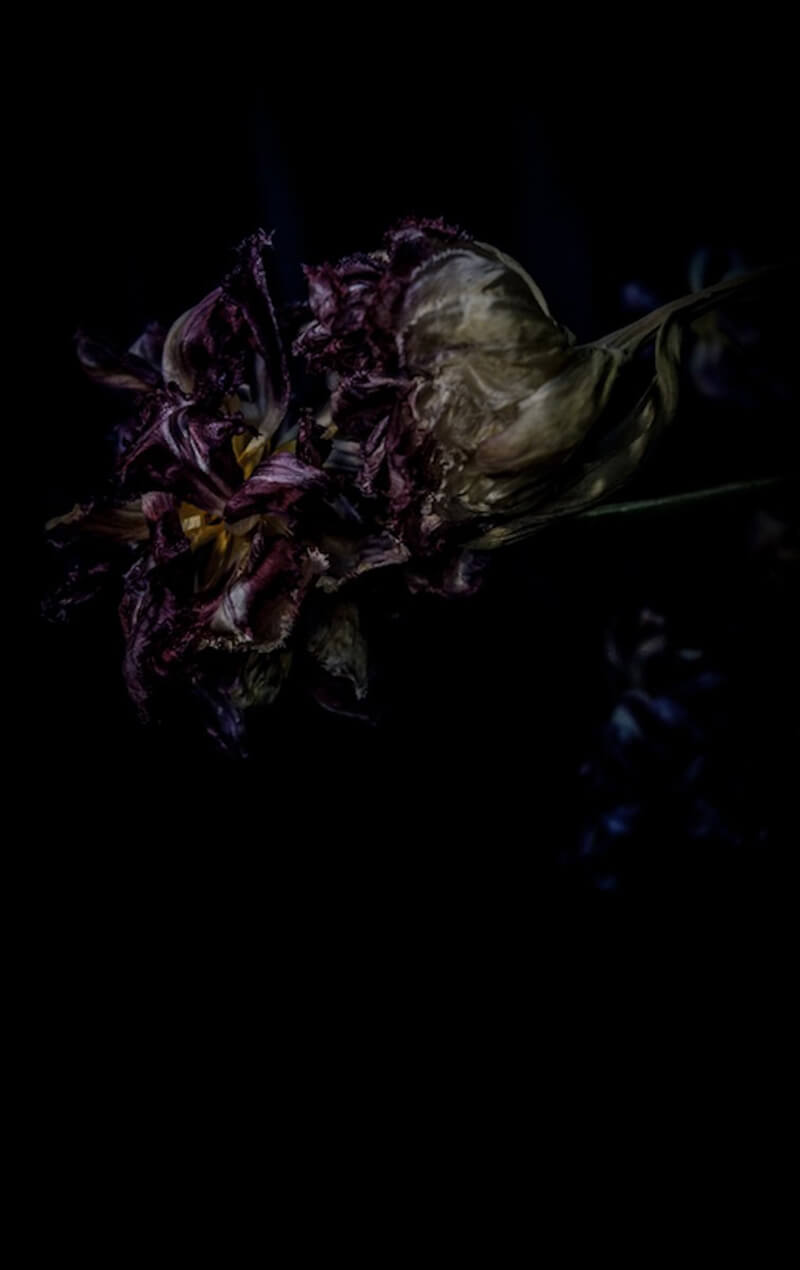
And you almost exclusively work with dark tones in your images. What’s your rationale there?
I’m not at all a sad or depressed person! I just think it’s beautiful. I can really enjoy images with bright colors or light tones. But unconsciously I always go that dark way. Maybe that is because when you work in the theater you always start in a black box. As a set designer, that is the first thing I do: I make a black box and in it I start designing: I place a wall in it, a floor, I hang a canvas in it. Starting from a white box is really different. In addition, I love natural materials: wood, stone, earth, water, clay, silk, cotton. Those materials have their own hues.
Tell us a bit about the project you’re most proud of…
I am most proud of Rose Lane. Because it is the first project that I started in 2017. With that I finally dared to put my career in the theater on hold and to invest both in time and money in photography projects. I am also proud of the result. In a dilapidated, worn out garden I went to take pictures with a dancer around an abandoned swimming pool. I was so happy with the work and the responses that followed that I was satisfied that I had made the right decision. And it’s still true.
Who or what inspires you in your work?
I can get inspired by another photographer, by war photography, by a poem, a memory, a painting. I constantly look on the internet to get inspired. But the I let go and try to work with only my own intuition and in the moment.
And finally Barbara, what’s keeping you busy currently? What’s next?
I want to make some more complex work in the future. More models, more complex settings. For that I need an assistant, a make-up artist, technically good lighting material, a budget. They are more cinematic images that I have in mind. A bit surreal (something we are known for in Belgium.) I have a series of five images about murder scenes who look very idyllic at first sight. And another series of businessmen lost in the city
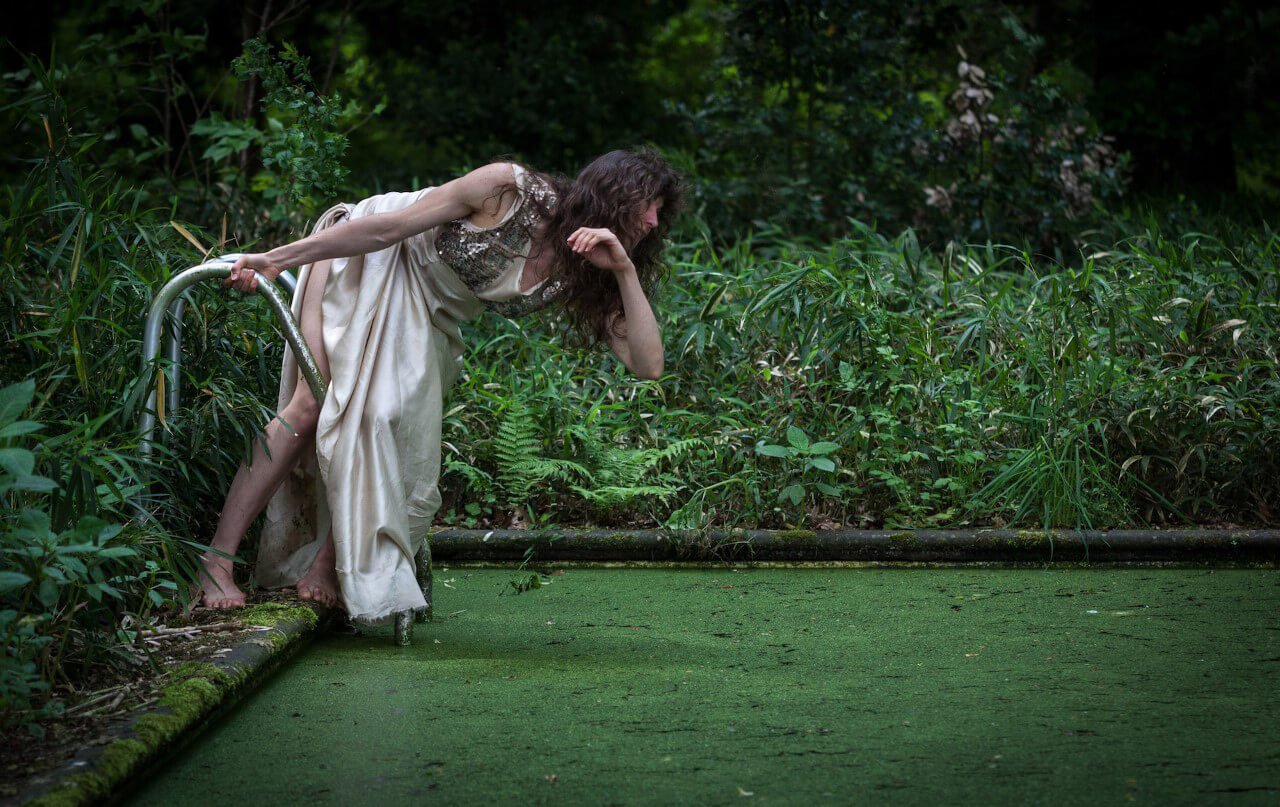
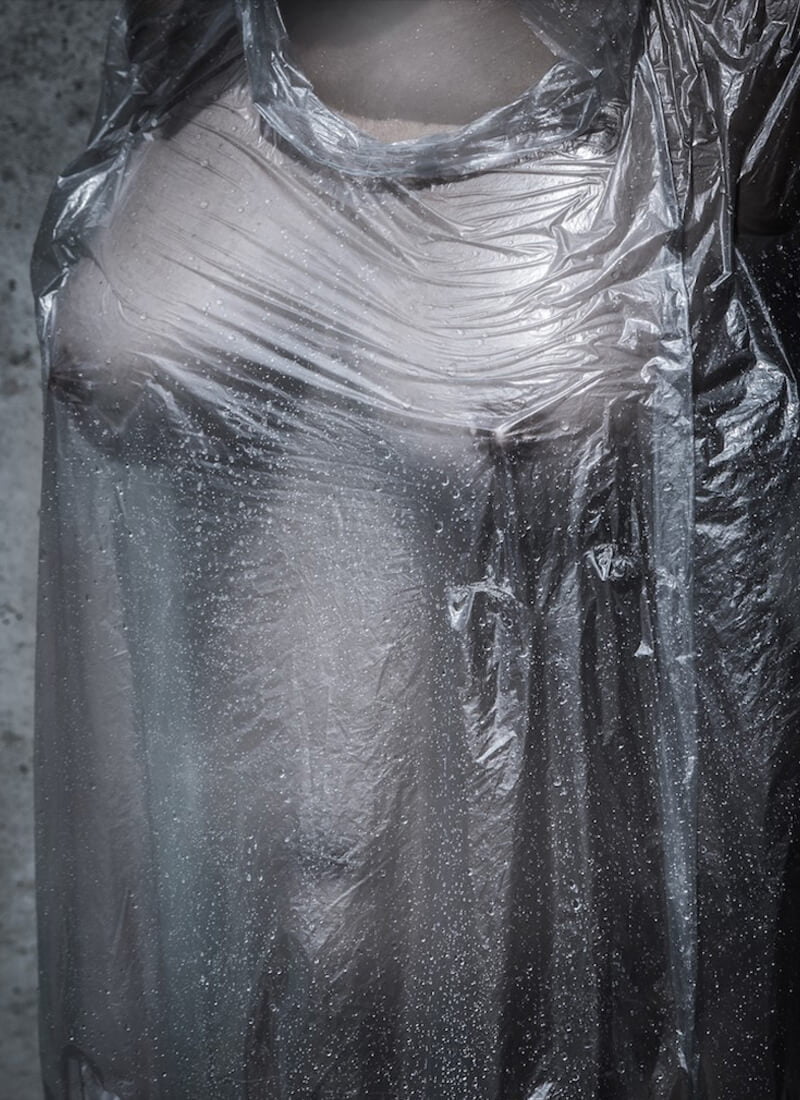
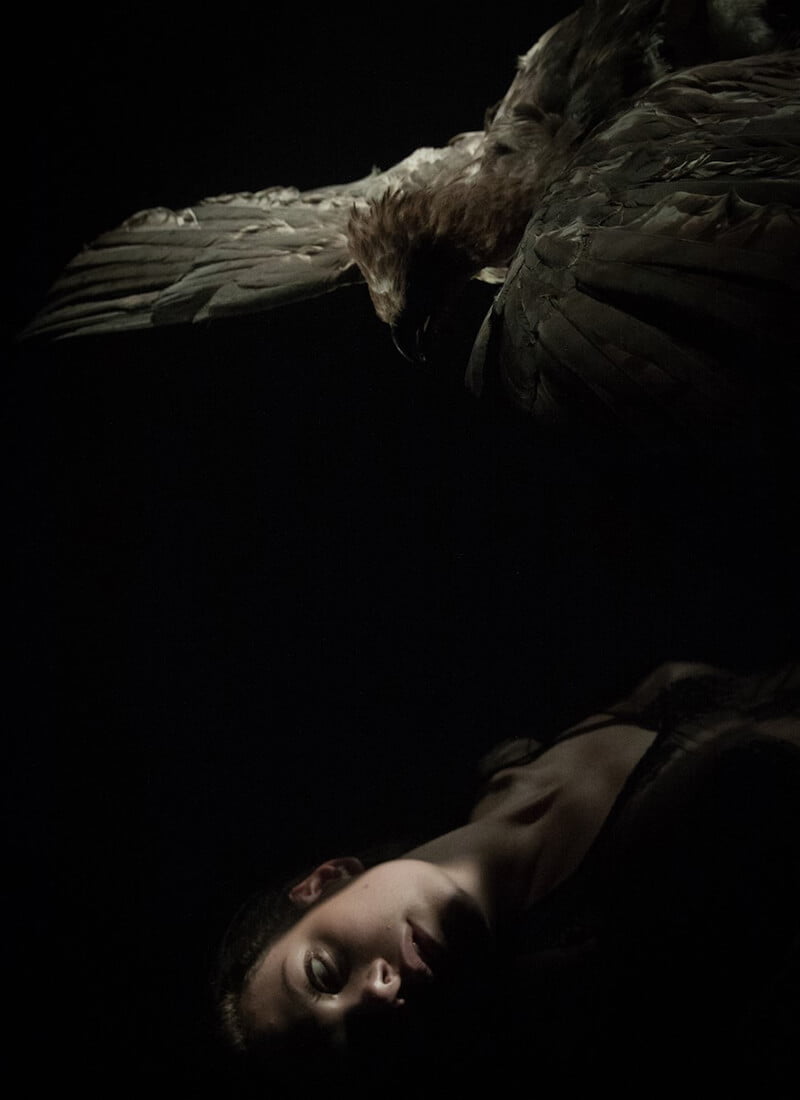
All images © Barbara Vandendriessche
See more at www.barbaravdd.be and follow her on Instagram: @barbaravdd
